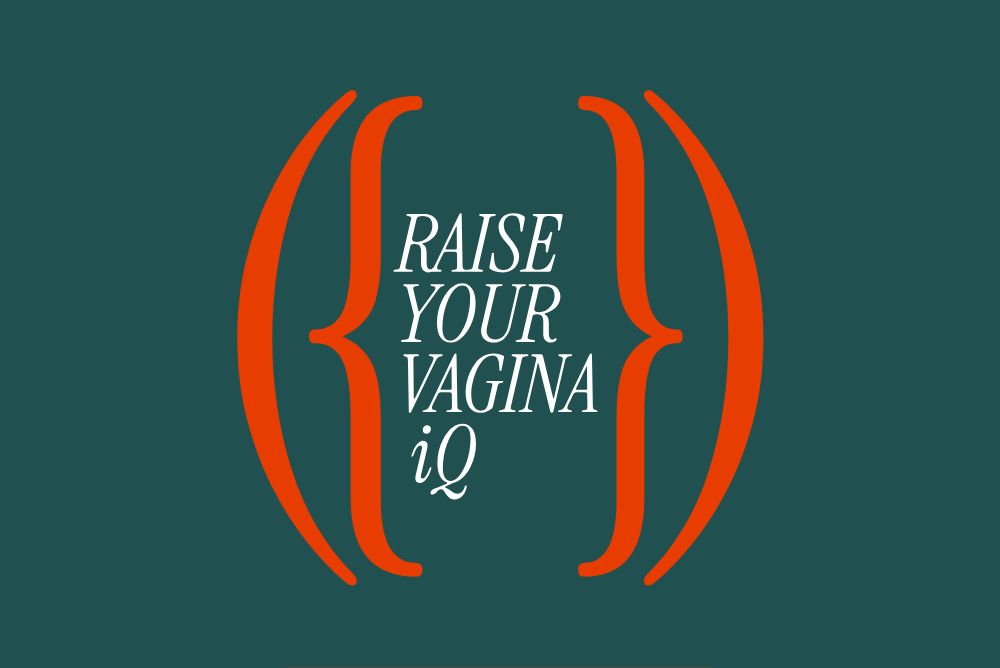pH-Dictionary

Bacterial Vaginosis (BV)
A common vaginal imbalance where "bad" bacteria outnumber the good ones, often causing unusual discharge or odor. It’s treatable, so don’t stress.
Cervix
The gateway between your uterus and vagina, letting menstrual blood out and sperm in during ovulation.
Clitoris
A small, highly sensitive organ at the top of the vulva that plays a central role in sexual pleasure.
Discharge
The vagina’s natural fluid that keeps things clean and signals where you’re at in your menstrual cycle. It’s your body’s way of staying fresh.
Endometriosis
When tissue like your uterine lining grows outside the uterus, causing pain and potential fertility challenges.
Estrogen
A key hormone that runs the show for your reproductive system and keeps your vaginal tissues healthy.
Fibroids
Noncancerous growths in the uterus that can pop up during your reproductive years, sometimes causing heavy periods or pelvic pain. They’re common and manageable.
Gynecologist
Your go-to doctor for all things vaginal and reproductive health, from checkups to addressing concerns with expertise and care.
Hormonal Imbalance
When your hormones get out of sync, it can mess with your periods, mood, or vaginal health. It’s often fixable with the right support.
Hormone Replacement Therapy (HRT)
A treatment using estrogen or progesterone (or both) to ease menopause symptoms and keep your vaginal health and bones strong.
Kegel Exercises
Simple exercises to strengthen your pelvic floor muscles, supporting your bladder, uterus, and rectum for better control and comfort.
Labia
The protective folds (inner and outer) of your vulva, guarding your vaginal and urethral openings. They're the gatekeepers of your lady parts.
Lactobacillus
Friendly bacteria in your vagina that produce lactic acid to keep things acidic and healthy, like your personal pH guardians.
Lubrication
Your vagina’s natural moisture that keeps things smooth and comfortable, especially during sex, protecting tissues from friction.
Menopause
When periods stop for good (after 12 months without one), typically in your 40s or 50s, marking a new phase of life.
Menstruation
Your monthly period, when the uterine lining sheds and exits through the vagina. It’s your body’s natural cycle at work!
Microbiome
The community of tiny microbes (like bacteria) living in your vagina and body, working to keep you balanced and healthy.
Ovaries
Your reproductive powerhouses, producing eggs and hormones like estrogen and progesterone to keep your cycle humming.
Ovulation
When your ovary releases an egg mid-cycle, ready for potential fertilization. It’s your reproductive system’s big moment!
Pap Smear
A quick test to check your cervix for abnormal cells that could lead to cervical cancer. Regular screenings are a smart move!
Pelvic Floor
Muscles that support your bladder, uterus, and rectum, helping with urination and sexual function. They're your core’s unsung heroes.
Perimenopause
The lead-up to menopause when hormones start shifting, and periods get irregular. It’s a transition—you’ve got this.
pH
A measure of how acidic your vagina is (usually 3.8–4.5), keeping good bacteria happy and infections at bay. It’s your body’s natural defense!
Polycystic Ovary Syndrome (PCOS)
A hormonal condition causing irregular periods, ovarian cysts, acne, or extra hair growth. Treatment can help manage it.
Prebiotic
Nutrients that feed your body’s good bacteria, helping them thrive and keep your vaginal health in check.
Probiotic
Live beneficial microbes that boost your vaginal and digestive health by keeping your microbiome balanced and happy.
Speculum
A gentle tool used by doctors to open the vagina during pelvic exams, making it easier to check your cervix.
Urinary Tract Infection (UTI)
An infection in your bladder or urethra, often causing burning, frequent urination, or pelvic pain. Quick treatment is key!
Uterus
The muscular organ where a fertilized egg grows into a baby during pregnancy. It’s your body’s baby-making HQ.
Vagina
The flexible canal connecting your cervix to the outside, playing a starring role in reproduction and sex.
Vaginal Atrophy
Thinning and drying of vaginal tissues due to lower estrogen, often after menopause. Treatments can help restore comfort.
Vaginitis
Inflammation of the vagina from infections, irritants, or hormonal shifts, causing itching, discharge, or discomfort. It’s usually treatable.
Vulva
The outer part of your genitals, including the labia, clitoris, vaginal opening, and urethral opening—basically, all your external beauties.
Yeast Infection
An overgrowth of *Candida* yeast in the vagina, leading to itching, irritation, and thick, white discharge.


